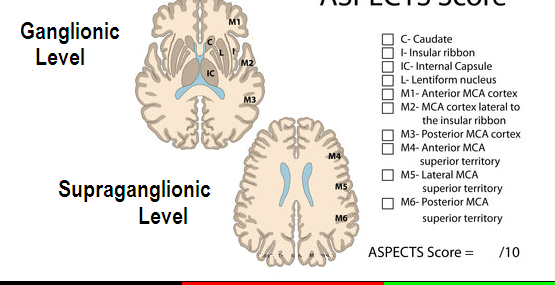Technical validation of NECT in stroke management (Nonenhanced Head CT)
Technical validation is required for assuring a well-conducted experiment, it is required for avoiding forecast errors arising from experimental abnormalities ex. an experiment that is not well designed and conducted due to an imprecise measurement, inaccurate, unaffordable, unavailable, unethical, or illegal issues, etc.[1]
[pro_ad_display_adzone id=”17752″]
Technical validation: Nonenhanced Head CT (NECT)
Disease and/or Condition: Acute stroke
Precision, Repeatability and Reproducibility of NECT in stroke management
Theoretically NECT is the single-step imaging solution of choice for assessing stroke patients in the urgency, especially for the initial evaluation process to rule out other pathologies and disorders before initiating the reperfusion therapy. Moreover, the initial evaluation process together with an accurate infarct characterization can be determined by combining NECT with CTA, which is the optimal one-step imaging solution. Based on these facts, the American heart association mandates universal availability and immediate employment of NECT within 30min of arrival to the urgency for all patients presenting with neurological symptoms and suspected of having a stroke.[2]
Patient Safety and Professional Experience
ASPECTS application has limitations when it comes to using it in the urgency setting especially in case of preexisting white matter changes, early ischemic changes cannot be visualized accurately on NECT.
- Patients with high ASPECTS scores ranging between 8 and 10 corresponding to a minor ischemic lesion (minor infarct volume) on initial imaging proven a relatively positive prognosis (the best clinical outcomes).[3]
Accuracy
- NECT can be used to rule out and exclude intracranial hemorrhage accurately and reliably!
- Alberta Stroke Program Early CT Score (The ASPECTS scoring system, is a scoring system based on NECT, which was designed by the Alberta Stroke Program) demonstrates an authentic device for quantifying and exploring early ischemic changes in the MCA territory, as well as it provides useful prognostic information related to response to reperfusion.
Availability
- NECT is available in most hospitals and healthcare centers with stroke services.
- ASPECTS NECT scoring is an objective semi quantitative prognostic tool; an online manual is available for healthcare professionals to aid them in the utilization of ASPECTS in early acute stroke imaging [3]
References
- emc.healthyorthodoxmedicine
- H.P. Adams Jr., G. del Zoppo, M. J. Alberts, et al., “Guidelines for the early management of adults with ischemic stroke: a guideline from the American Heart Association/American Stroke Association Stroke Council, Clinical Cardiology Council, Cardiovascular Radiology and Intervention Council, and the Atherosclerotic Peripheral Vascular Disease and Quality of Care Outcomes in Research Interdisciplinary Working Groups: the American Academy of Neurology affirms the value of this guideline as an educational tool for neurologists,” Stroke, vol. 38, no. 5, pp. 1655–1711, 2007
- C.S. Kidwell, R. Jahan, J. Gornbein, et al., “A trial of imaging selection and endovascular treatment for ischemic stroke,” The New England Journal of Medicine, vol. 368, no. 10, pp. 914–923, 2013
Verified by: Dr.Diab (January 18, 2017)
Citation: Dr.Diab. (January 18, 2017). Technical validation of NECT in stroke management. Medcoi Journal of Medicine, 3(2). urn:medcoi:article17229.














There are no comments yet
Or use one of these social networks